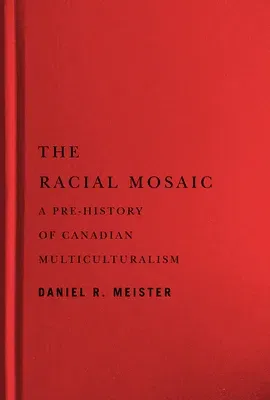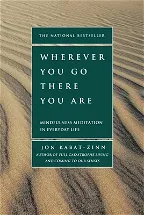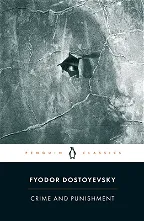Canada is often considered a multicultural mosaic, welcoming to
immigrants and encouraging of cultural diversity. Yet this reputation
masks a more complex history. In this groundbreaking study of the
pre-history of Canadian multiculturalism, Daniel Meister shows how the
philosophy of cultural pluralism normalized racism and the entrenchment
of whiteness.The Racial Mosaic demonstrates how early ideas about
cultural diversity in Canada were founded upon, and coexisted with,
settler colonialism and racism, despite the apparent tolerance of a
variety of immigrant peoples and their cultures. To trace the
development of these ideas, Meister takes a biographical approach,
examining the lives and work of three influential public intellectuals
whose thoughts on cultural pluralism circulated widely beginning in the
1920s: Watson Kirkconnell, a university professor and translator; Robert
England, an immigration expert with Canadian National Railways; and John
Murray Gibbon, a publicist for the Canadian Pacific Railway. While they
all proposed variants of the idea that immigrants to Canada should be
allowed to retain certain aspects of their cultures, their tolerance had
very real limits. In their personal, corporate, and government-sponsored
works, only the cultures of "white" European immigrants were considered
worthy of inclusion.On the fiftieth anniversary of Canada's official
policy of multiculturalism, The Racial Mosaic represents the first
serious and sustained attempt to detail the policy's historical
antecedents, compelling readers to consider how racism has structured
Canada's settler-colonial society.













